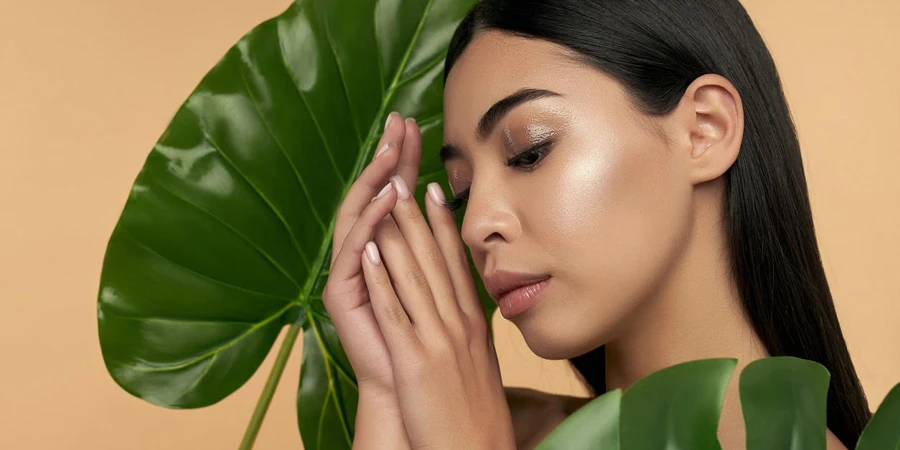Table of Contents
Unlocking Nature’s Secret Vaults: Nature can do it better
Future Farms: Cultivating Beauty in the Age of Technology
Biotech Breakthroughs in Cosmetic Ingredients
Innovating Cosmetics with Controlled Agriculture
Introduction
In the ever-evolving world of beauty and skincare, the quest for sustainability, efficacy, and safety has led to a remarkable shift towards natural ingredients and cutting-edge biotechnology. The clean beauty movement, once a niche trend, has now surged to the forefront of the industry, championing products that are not only kind to our skin but also to the planet.
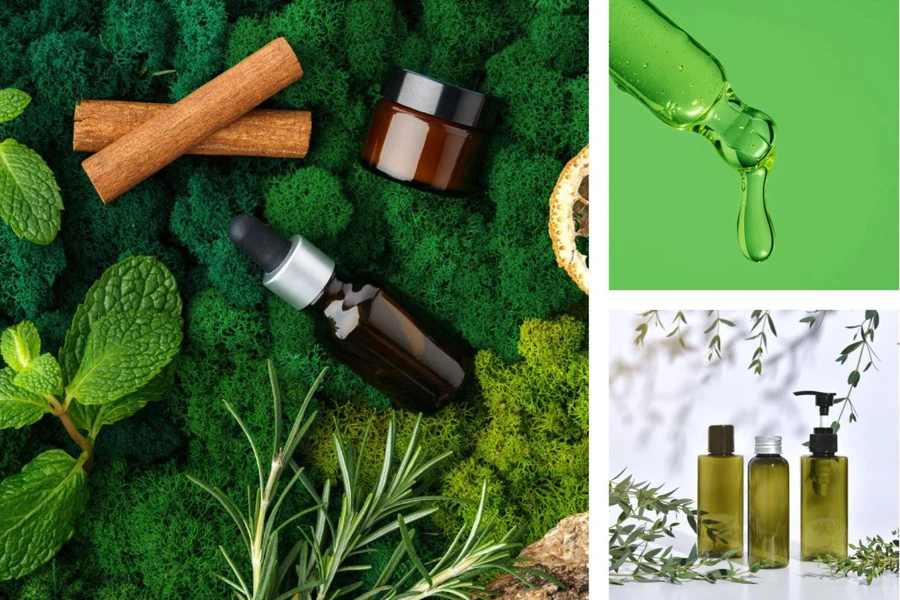
This report delves into the heart of this transformation, exploring how extremophile ingredients, genetic modifications, and controlled environment agriculture (CEA) are redefining what it means to be truly ‘natural’ in the beauty realm. This blog uncovers the innovative approaches that are setting new standards for beauty products, ensuring they are sustainable, effective, and in harmony with nature’s wisdom.
Unlocking Nature’s Secret Vaults: Nature can do it better
As the clean beauty trend forges ahead, the crown jewel of the movement is undoubtedly nature-based skincare, which is increasingly focusing on extremophile ingredients. Many consumers perceive plant-based products as healthier and safer, associating natural ingredients with fewer side effects or allergic reactions compared to synthetic alternatives. This belief aligns with the wider wellness movement, which emphasizes holistic health, including skin health. These ingredients, known for their ability to thrive in the most extreme conditions such as high UV exposure, extreme pH levels, and severe water scarcity, are becoming highly sought after.

This surge in interest is largely due to plant-based ingredients origin in some of the planet’s most challenging environments, including flood plains and deserts. Such plant-based ingredients are prized not only for their skin-enhancing properties but also for their embodiment of climate resilience, offering a beacon of sustainability in the beauty industry.
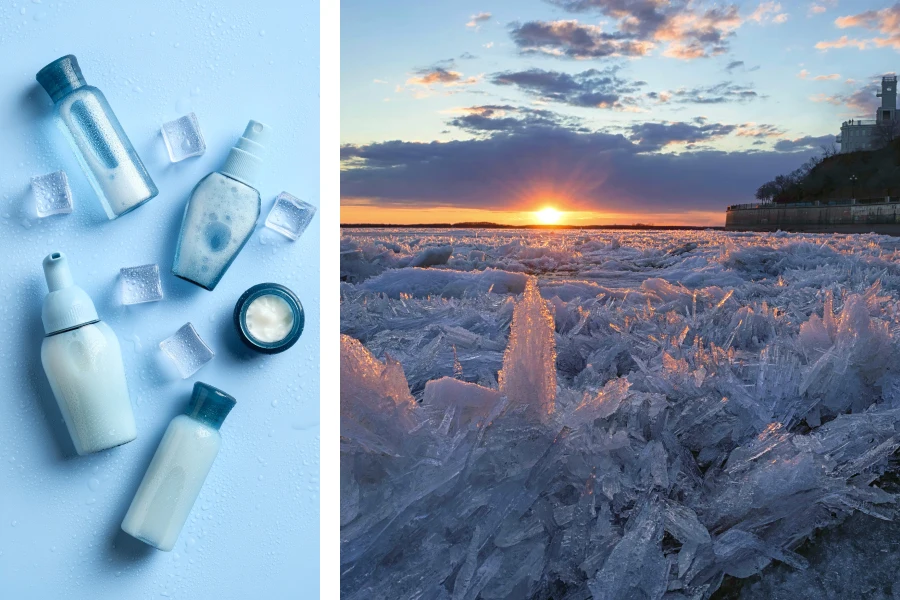
Brands are now pioneering in this niche, with products like IceAwake from Mibelle, which is derived from the resilient microorganisms found beneath a Swiss glacier. These ingredients not only promise rejuvenated, vibrant skin but also herald a new era of environmentally conscious beauty solutions. “IceAwake” is a prime example of Mibelle Biochemistry’s commitment to innovative and sustainable ingredient development. It is sourced from bacteria found in the soil beneath a Swiss glacier. This bacteria has adapted to survive in extreme conditions, including limited light, low temperatures, and nutrient-poor environments. The unique survival mechanisms of this extremophile organism are harnessed to create an ingredient that targets signs of skin aging and fatigue.
Why is “Nature do it better?”:
🌿 Skin’s Best Friend: The Perfect Match
Imagine your skin breathing a sigh of relief as it meets its perfect match: plant-based ingredients. Unlike their synthetic counterparts, these natural wonders are like old friends to your skin. They mingle seamlessly, minimizing the drama of irritation and adverse reactions. For those with sensitive skin, it’s like finding skincare that speaks your love language—gentle, effective, and always understanding.
💧 Quench Your Skin’s Thirst: Hydration Hero
Dive into the oasis of hydration and nourishment that only plants can offer. Picture hyaluronic acid from wheat, squalane from olives, and luxurious oils from jojoba, argan, and coconut as your skin’s personal hydration heroes. They’re the dream team, working tirelessly to lock in moisture, boost elasticity, and fortify your skin’s natural barrier. Your skin will drink up the goodness, reveling in its newfound plumpness and vitality.
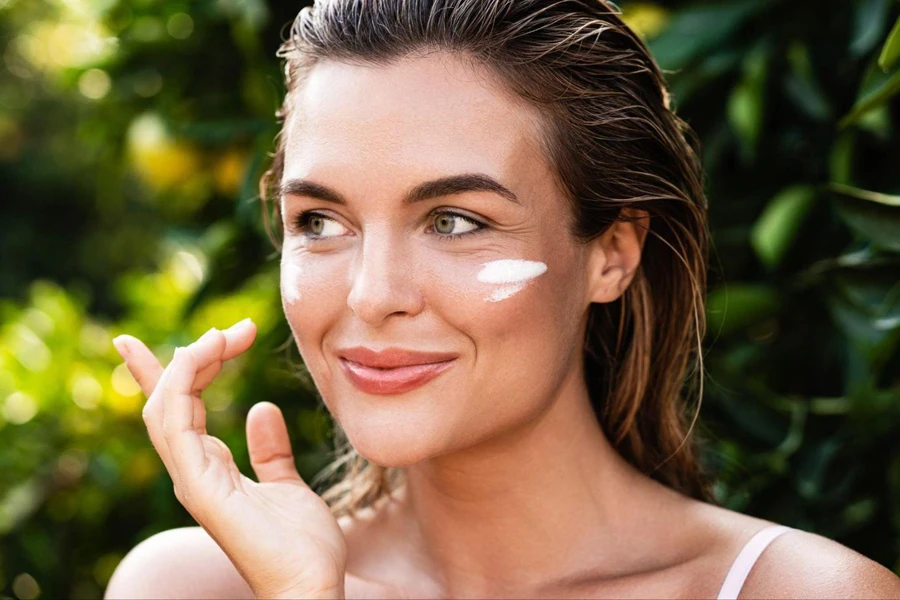
🛡️ Antioxidant Powerhouse: The Ultimate Protector
Step into the shield provided by the mighty antioxidants found in plants. These guardians are on a mission to defend your skin from the invisible enemies of pollution and UV rays, warding off the signs of premature aging. With green tea, vitamin C-rich citrus fruits, and the powerful resveratrol from grapes in your arsenal, you’re not just protecting your skin; you’re launching a full-scale rejuvenation revolution.
🌼 Calm in the Storm: Soothing Sensations
Embark on a journey to tranquility with the natural anti-inflammatory prowess of aloe vera, chamomile, and turmeric. These botanicals are the calming whisper in a world of skin irritation and redness, gently easing your skin into a state of peace and comfort. Say goodbye to the fire of eczema and acne, and hello to soothing, blissful calm.
Future Farms: Cultivating Beauty in the Age of Technology
Genetic modification is reshaping the landscape of natural cosmetic ingredients, offering a beacon of hope as the climate crisis threatens crop stability. Despite the controversy, with many organic certifications shunning GMOs due to links with large-scale agriculture and potential biodiversity loss, the tide is turning. The benefits of GMOs are becoming increasingly hard to ignore, encompassing enhanced crop yields, improved climate resilience, and reduced dependence on water, pesticides, and fertilizers.
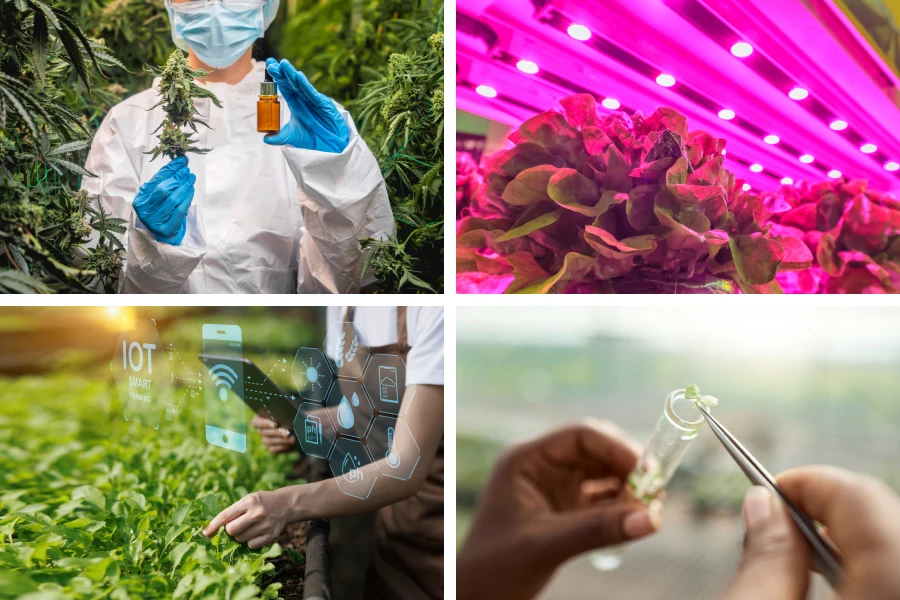
The legal and conceptual framework around GMOs is evolving. For instance, the UK’s Department for Environment, Food & Rural Affairs (DEFRA) made a pivotal decision in 2021, deciding that gene editing, which does not incorporate DNA from different species, would no longer fall under the strict GMO regulations, a stance the EU is also considering. This shift recognizes the need for more resilient crops without the baggage of traditional GMOs.
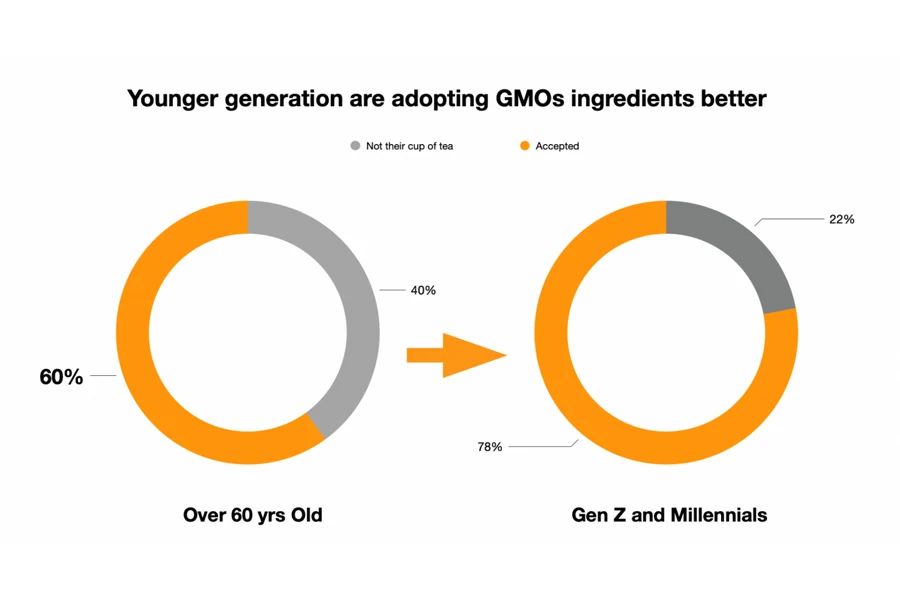
Public opinion on GMOs is undergoing a significant transformation, especially among younger demographics who face the stark realities of the climate emergency. A survey revealed a generational divide in attitudes towards gene-edited foods: while 40% of US consumers over 60 expressed reluctance to embrace these foods, only 22% of Gen Z and Millennials shared this hesitancy.
For businesses in the beauty industry, this opens up new avenues for innovation and sustainability. Collaborating with enterprises that specialize in genetic modification technology, like the partnership between ingredient supplier Sestina and bioengineering firm Onyx, can lead to breakthroughs such as creating sustainable sources of rare ingredients, exemplified by their success in producing bakuchiol from genetically engineered yeast. Moreover, transparency and education are crucial. Companies like Arcaea are leading the way by openly discussing their use of GMOs and emphasizing the environmental benefits, paving the way for a more informed and accepting consumer base.
Biotech Breakthroughs in Cosmetic Ingredients
Companies are increasingly moving towards the integration of lab-cultivated sources alongside traditional farming to lessen the strain on Earth’s natural resources. The cosmetic industry is witnessing a surge in the adoption of biotechnological ingredients, promising not only a more stable supply at more economical rates but also a solution that aligns with both social and environmental ethics, thanks to traceable and simplified supply chains. For instance, C16’s innovative Palmless material showcases the potential of biotech to produce alternatives like palm oil without the associated risks of deforestation and harm to local ecosystems. Major players are pouring resources into biotech research for critical ingredient alternatives—like argan, candelilla wax, baobab, and shea—to preempt their potential scarcity. Mibelle Biochemistry’s PhytoCellTec technology is a prime example, utilizing stem cells from a unique apple variety to draw on nature’s gifts responsibly.
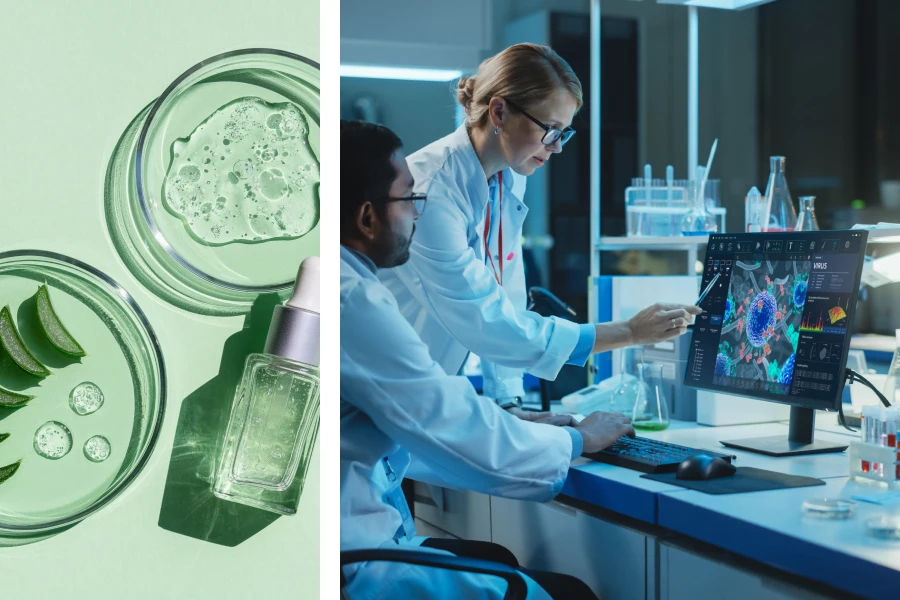
Moreover, beauty brands are strategically acquiring biotech startups to diversify their intellectual property and stand out in the market. Il Makiage’s acquisition of Revela and L’Oréal’s commitment to sourcing 95% of its ingredients from bio-based, abundant minerals, or circular processes by 2030 exemplify the industry’s drive towards innovation. This strategy not only preserves natural resources but also marks a significant shift in beauty, merging biotech advancements with skincare and cosmetics to pave the way for a sustainable and environmentally conscious future. Through these efforts, industry leaders like C16, L’Oréal, and Il Makiage are at the forefront of a beauty revolution, redefining the landscape from traditional cultivation to laboratory innovation, heralding a new era of eco-friendly and socially responsible beauty solutions.
Innovating Cosmetics with Controlled Agriculture
Controlled Environment Agriculture (CEA) methods, including greenhouses and vertical farming, offer a versatile solution for cultivating natural ingredients for cosmetics, unaffected by seasonal changes or adverse weather.
As global warming poses a significant challenge to conventional farming, CEAs stand out by providing adaptable agricultural environments. These innovative spaces allow for precise control over conditions and the application of circular farming techniques, reducing the dependency of crops on water and energy. Capsicum, a contract manufacturer based in France, reported a tripling in polyphenol content in ingredients farmed vertically under regulated conditions compared to those grown traditionally.
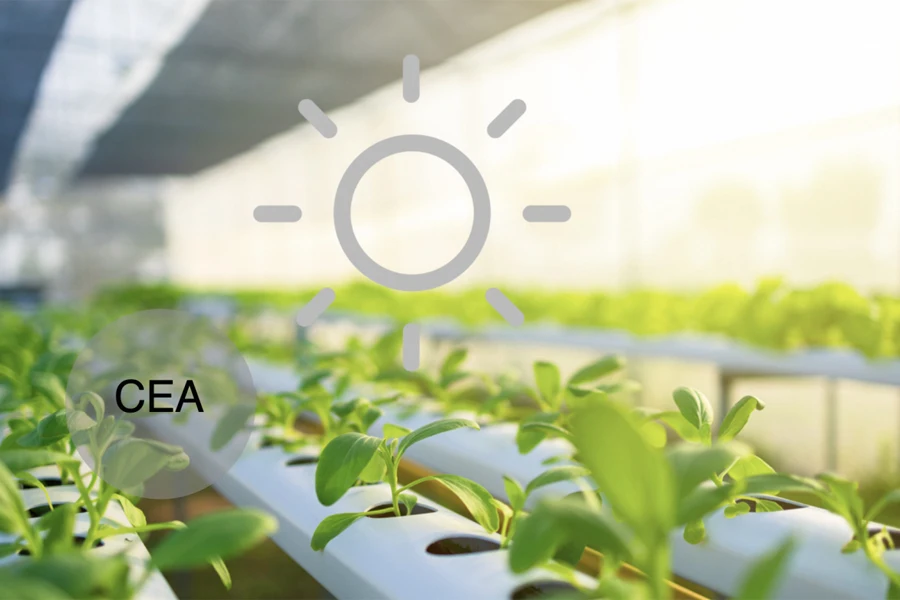
In the UK, Bridge Farm exemplifies a vertically integrated approach, maintaining complete oversight over its supply chain from the development of efficient plant seeds to their cultivation and final product manufacturing. Vertical farming, with its space-efficient method of stacking plant shelves, offers an effective strategy for the consistent production of cosmetic ingredients, requiring far less space than conventional farming and adaptable to various locations.
The adoption of vertical farming is on the rise among companies. For instance, the skincare brand Ulé cultivates its vertically farmed ingredients in proximity to its production site, significantly reducing the journey from seed to bottle to just 350km. Additionally, Firmenich, a Swiss ingredients supplier, has collaborated with the French vertical farming startup Jungle to develop a sustainable and high-yield source of lily of the valley extract for fragrances, showcasing the potential of CEAs in revolutionizing the cosmetic ingredient supply chain with sustainability at its core.
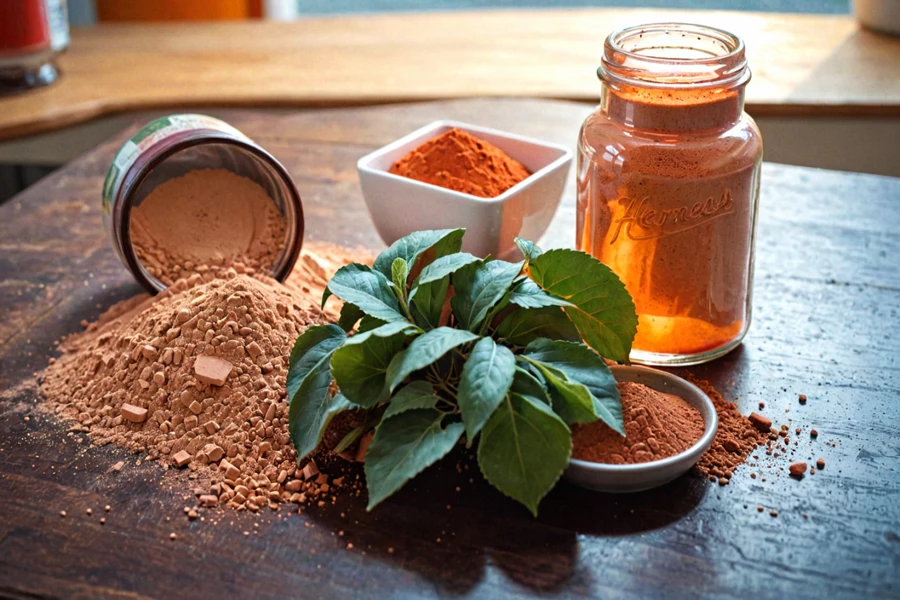
Conclusion
As we stand at the crossroads of tradition and innovation, the beauty industry’s journey towards embracing nature and biotechnology paints a hopeful picture of the future. The clean beauty movement is more than a trend; it’s a testament to the industry’s ability to adapt, innovate, and respond to the growing demands for products that are environmentally responsible and ethically produced. Through the exploration of extremophiles, the acceptance of genetically modified ingredients, and the adoption of controlled environment agriculture, the beauty sector is proving that it is possible to harmonize the desires for natural ingredients and the need for sustainability and efficacy. As brands continue to pioneer these approaches, the message is clear: the future of beauty lies in leveraging the best of what nature offers, enhanced by the precision and possibilities of modern science. This evolution not only aligns with the values of today’s informed consumers but also sets a sustainable path forward for generations to come, ensuring that beauty remains a source of joy and well-being, without compromising the health of our planet.
